Preventing catastrophic occurrences for your child includes proper Child Car Seat Safety and implementing measures to prevent Shaken Baby Syndrome or Sudden Infant Death Syndrome (SIDS). New moms should be aware of these catastrophic possible occurrences and understand the prevention tactics and measures to put in place. Although there is no 100% way to prevent these, there is a lot you can do to lower baby’s risk.
Child Car Seat Safety — Keeping a newborn safely secured.
A child car seat protects children from injury or death during vehicle collisions. Most commonly seats are purchased and installed by car owners, but car manufacturers may integrate them directly into their vehicle’s design and generally are required to provide anchors and ensure seat belt compatibility. Your baby should ride in a rear-facing car seat (child safety seat) up to at least age one. This is the safest position. It protects babies from head and spinal cord injury.
- Follow car seat instructions and vehicle owner’s manual to install and use the seat correctly.
- Buckle and tighten the harness snugly over baby’s shoulders.
- Put baby in the back seat. The back seat is much safer than the front seat.
- If your car has a passenger air bag, never put baby in the front seat unless the air bag has been turned off.
- Make the seat belt tight around the car seat.
Before baby is born.
Go to a car seat safety class if your hospital, health plan or clinic gives one. Car seats can be hard to use correctly without help! Pick out a car seat that fits in your vehicle and is easy to use. Try it in your car before buying it. Find out if your vehicle has a passenger air bag. Look in the owner’s manual and on the visor for a warning label. Practice installing the seat and adjusting the straps before baby’s birth. If you have trouble, you will have time to get help before your baby arrives. A trained child passenger safety technician (see Resources) can help.
Take with you to the hospital:
- Baby clothes with legs.
- Car seat, instructions, and locking clip (if needed for installing the seat).
- Two small receiving blankets, a washcloth and two old towels for padding.
Bringing a newborn home.
Dress a newborn in clothes with legs so the crotch snap can go between the legs. Put the harness straps in the lowest slots. Straps should be in slots closest to or just below the newborn’s shoulders. Pad the sides of the car seat so the newborn sits comfortably with head back. Tuck rolled blankets or towels along the sides. If the newborn slides down, add a rolled washcloth between the crotch and the crotch strap. Avoid using a head support pad that you buy separately. It could make the straps too loose or push the head forward. A pad that comes with the seat is usually okay.
Adjust the harness to fit snugly, so you cannot pinch any slack at the shoulder. Avoid using thick blankets or heavy clothes under the straps. These make it impossible to get the harness tight enough to hold the newborn in a crash. Buckle the harness first and then put a blanket over it.
Air bag danger – Put the newborn in back!
- A newborn riding in front with an air bag is in great danger in even a minor crash. The air bag can open with great force, faster than the blink of an eye.
- If you have a small truck or sports car, do not carry a newborn in front unless its air bag has been shut off. Most very small vehicles have on/off switches for the passenger air bag.
- The back seat is also safer for older children. Always make sure everyone in the vehicle is buckled up!
Choosing a car seat for a newborn.
- The “best seat” is one that fits the newborn and fits in your vehicle. A seat given to you as a gift may not be the best for a newborn.
- Make sure that the car seat is easy to buckle in tightly and that the harness is easy to adjust, so you use it correctly on every ride. Try to install it in every position where you might use it. Exchange it if it doesn’t fit.
- Infant-only car seat: A small car seat for rear-facing use only. Most fit babies only up to 20 to 22 pounds. Convenient for carrying a small baby to and from the car. Some models have a base that stays installed in the car.
- Convertible car seat: Use it rear-facing for infants, then forward-facing over age one. It will fit for several years. A seat with a harness (not a shield) fits a newborn best.
- Get a convertible seat that can be used for up to 30 to 35 pounds in the rear-facing position (check the label). This will allow the baby to ride in the safest position for the longest time.
- Car bed: For some preemies and other babies with medical conditions which require them to lie flat. Two are available: Angel Ride Infant Car Bed® (Mercury Distributing, 1-800-815-6330) and Dream Ride® (Dorel, 1-800-544-1108).
Using second-hand car seats.
A second-hand car seat may have hidden safety problems. Use one only if you know for sure it has not been in a crash, all recalls (if any) have been repaired, and it has all its parts and the instructions. Avoid using a car seat that is more than 10 years old. Some have expiration dates when the manufacturer advises to stop using them.
Installing a car seat securely.
- Place the car seat in the back seat, facing the rear. The back seat is usually safer than the front, especially in a vehicle with airbags.
- Attach the seat belt tightly. Different types of belts are tightened in different ways. Check the vehicle owner’s manual and labels on seat belts. Make sure the car seat stays in place when you pull it forward or from side to side at the base. It is okay for a rear-facing seat to tip toward the back of the vehicle.
- New car seats have LATCH attachments to anchor them to the vehicle. These may be used instead of the seat belt if you have a new vehicle with LATCH anchors (check the vehicle owner’s manual and car seat instructions).
- Make sure the baby reclines far enough so their head doesn’t flip forward. If the vehicle seat slopes, adjust the base or put a tightly rolled towel or firm foam roll under the base of the car seat if instructions allow. Don’t tilt it more than halfway back.
If the newborn is very small.
For a preemie or low birth weight baby, choose a car seat without a padded shield. Find one with a small harness (shoulder strap slots less than eight inches above the seat). A baby may need a car bed if he or she has breathing or heart-rate problems when sitting up.
As the baby grows bigger.
Keep harness straps in the lowest slots until the baby’s shoulders reach the higher slots. If an infant-only seat, move them into a convertible seat when their head is one inch from the top of the plastic shell. Use a convertible seat facing the rear until at least one year of age. Even over age one, riding facing the rear protects a baby’s spine. Keep them rear-facing for at least 12 months from the original due date. Car seats are not cribs. Use a car seat for a baby in the house only for short periods. Babies need to lie flat on their backs to sleep and be on their tummies to play.
Resources:
- National Auto Safety Hotline, 888-DASH-2-DOT, www.nhtsa.gov
- SafetyBeltSafe Helpline, 800-745-SAFE (7233), www.carseat.org
- To find a local car seat inspection station: 866-SEATCHECK (866-732-8243), www.seatcheck.org
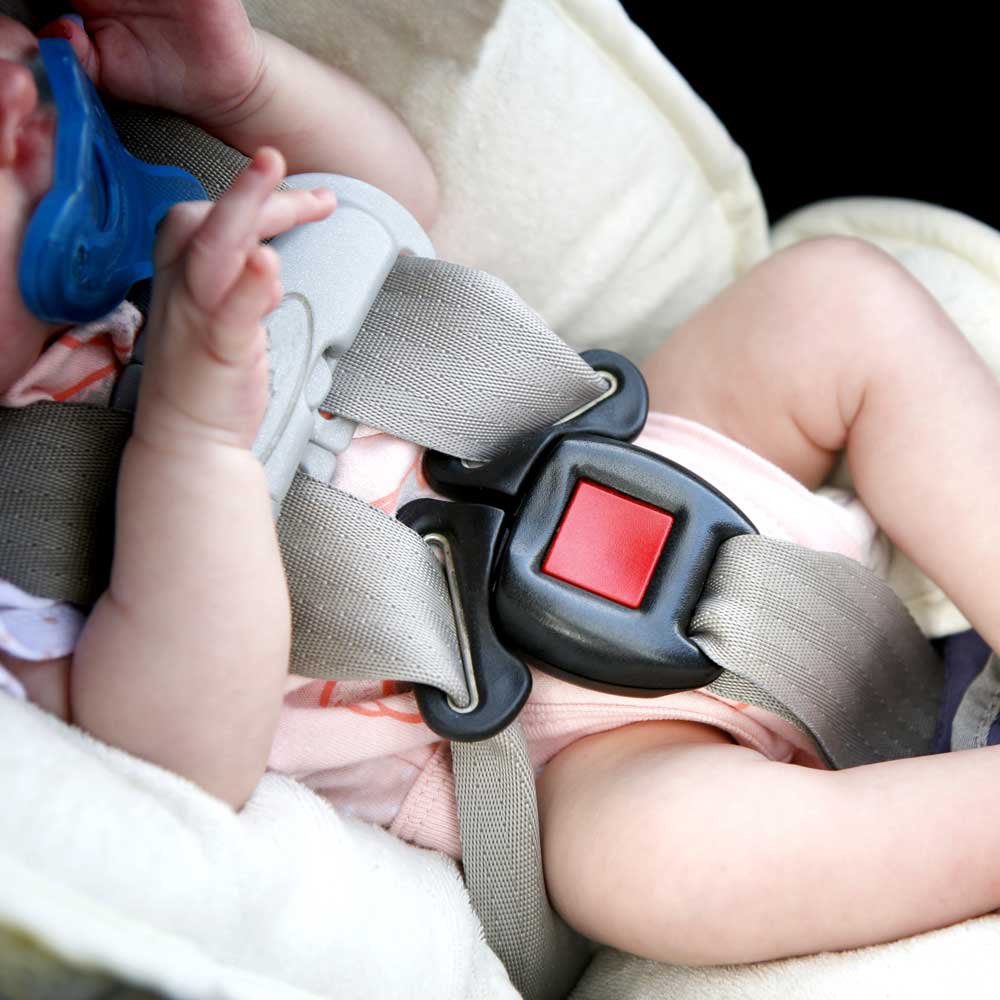
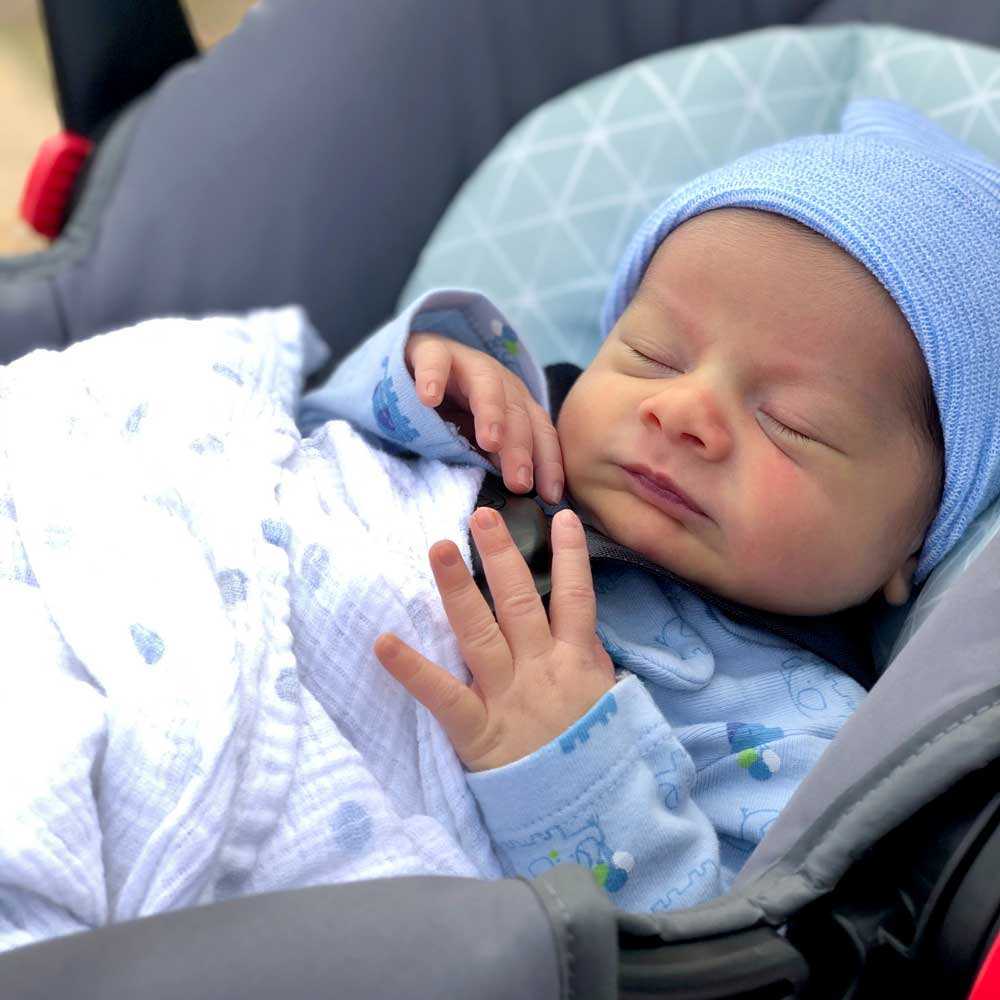
Shaken Baby Syndrome: Never shake a baby!
Infants and children up to age five are susceptible to head trauma. Their neck muscles are weak and cannot always support the size of their heads. Sudden shaking motion causes trauma to a child’s fragile brain and may cause death, paralysis, cerebral palsy, seizures, blindness, mental retardation, dyslexia, attention deficit disorder, and/or severe motor dysfunction.
Signs that a baby may have been shaken:
- Extreme irritability
- Rigidity
- Seizures
- Lethargy
- Vomiting
- Coma
- Difficulty breathing
- Dilated pupils
- Blood spot in eyes
Seek medical attention if you suspect your child has been shaken. Prompt medical attention may save your child’s life.
Ways to Calm a Baby
Non-stop crying is the most common reason that someone may shake an infant. It is normal for a baby to cry.
Babies just cry a lot and knowing that makes it easier to follow some simple tips:
- Make sure the baby’s diaper is fine, and the baby is not hungry, too warm, or too cold.
- Wrap baby with arms down in a light, snuggly blanket and swaddle the baby.
- Hold your baby’s bare skin against your own.
- Make a shushing sound louder than the baby’s crying.
- Rock or walk the baby because babies love motion like rocking chairs and walking. Babies love tiny, jiggly movements.
- Encourage your baby to breastfeed or suck a pacifier.
- Call your doctor for guidance.
How to Avoid Frustration when Caring for a Crying Baby:
- Gently place the baby in a safe place, such as a crib, on his or her back, and leave the room.
- Calm down, relax, breathe deeply, and count to 10, then 20 or 30, before returning to the room.
- Ask a responsible friend or relative to take over for a while.
- Find a way to relax. Listen to soft music or lie down.
- Call the national 24-hour hotline for support at 1-866-243-BABY (2229).
Additional Resources
NATIONAL CENTER ON SHAKEN BABY SYNDROME
(888) 273-0071
www.dontshake.com
SHAKEN BABY ALLIANCE
(877) 6-END-SBS
www.shakenbaby.org
Sudden Infant Death Syndrome (SIDS)
SIDS is the unexplained death, usually during sleep, of a seemingly healthy baby less than a year old. Also known as crib death because infants often die in their cribs. While the cause is unknown, SIDS appears to be associated with defects in the portion of an infant’s brain that controls breathing and arousal from sleep. A combination of factors might put babies at extra risk, but there are also measures you can take to help protect babies from SIDS. The most important thing you can do is place the baby on their back to sleep.
Physical Risk Factors
- Brain defects: The portion of the brain that controls breathing and arousal from sleep hasn’t matured enough to work properly.
- Low birth weight: Premature birth or being part of multiple births increases the likelihood that a baby’s brain hasn’t matured completely resulting in less control over breathing and heart rate.
- Respiratory infection: Colds or other respiratory infections might contribute to breathing problems.
Sleep Environmental Risk Factors
Items in the crib and sleeping position can combine with physical factors to increase the risk of SIDS.
- Sleeping on the stomach or side: Babies placed in these positions to sleep might have more difficulty breathing than those placed on their backs.
- Sleeping on a soft surface: Lying face down on a fluffy comforter, a soft mattress or a waterbed can block an infant’s airway.
- Sharing a bed: While the risk of SIDS is lowered if an infant sleeps in the same room as his or her parents, the risk increases if the baby sleeps in the same bed with parents, siblings, or pets.
- Overheating: Being too warm while sleeping can increase a baby’s risk of SIDS.
Other Risk Factors
- Sex: Boys are slightly more likely to die of SIDS.
- Age: Infants are most vulnerable between the second and fourth months of life.
- Race: For reasons that aren’t well understood, nonwhite infants are more likely to develop SIDS.
- Family history: Babies who’ve had siblings or cousins die of SIDS are at higher risk of SIDS.
- Secondhand smoke: Babies who live with smokers have a higher risk of SIDS.
- Being premature: Both being born early and having a low-birth-weight increase baby’s chances of SIDS.
Maternal Risk Factors
During pregnancy, the mother also affects her baby’s risk of SIDS, especially if she:
- Is younger than 20
- Smokes cigarettes
- Uses drugs or alcohol
- Has inadequate prenatal care
Additional Resources
CENTERS FOR DISEASE CONTROL AND PREVENTION
(800) 232-4636
www.cdc.gov/sids/



